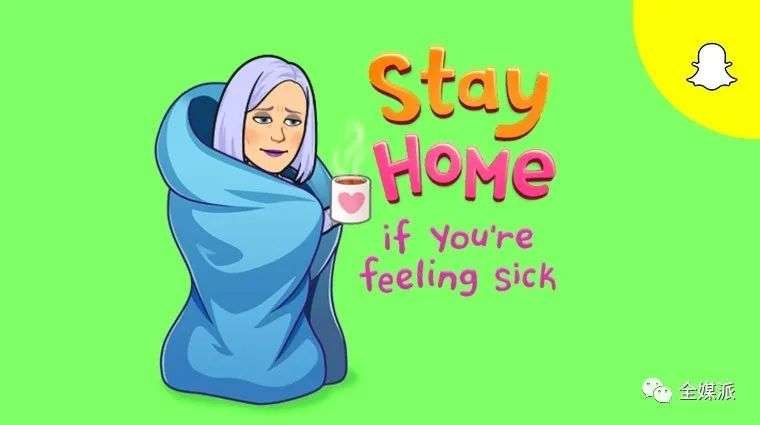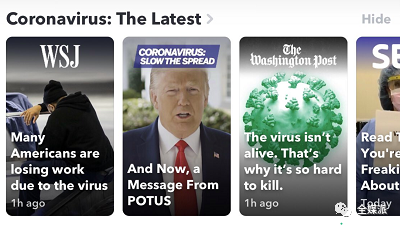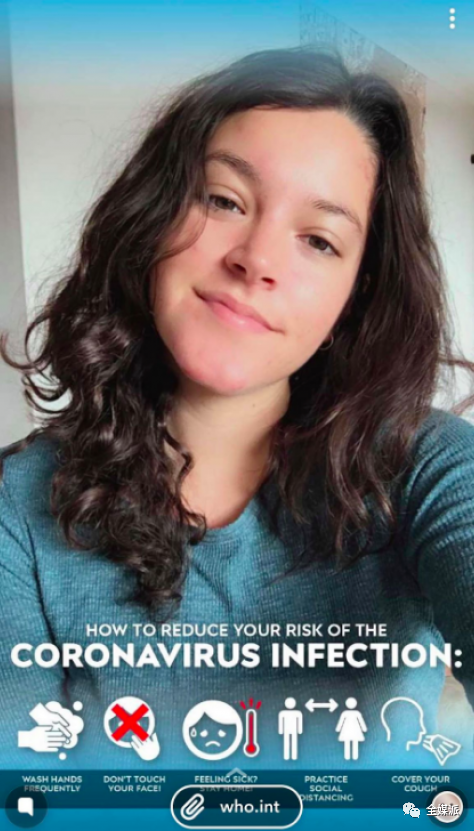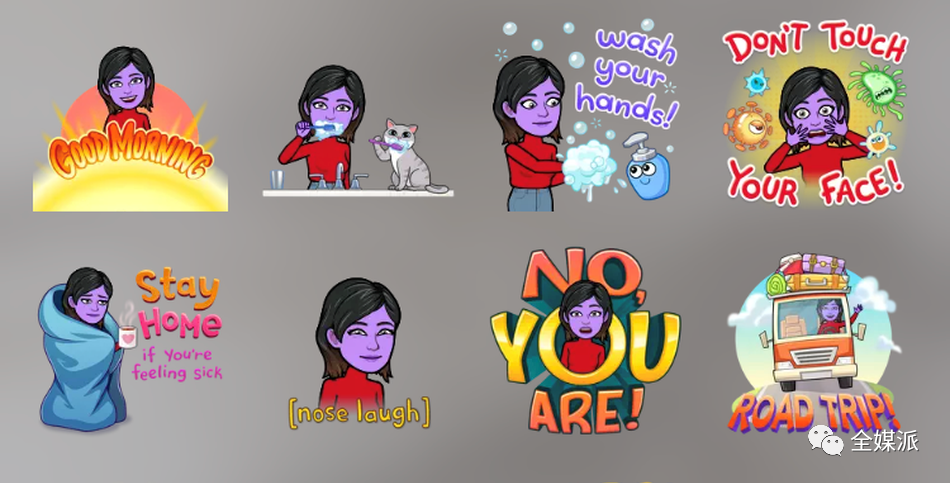How can social media make use of social benefits?
Editor’s note: This article comes from the WeChat public account “All Media School” (ID: quanmeipai), author Tencent Media.
In Europe and the United States, “social isolation” seems to have become a normal state. Under this state, social media has become more and more important in daily life. They have become a spiritual comfort for people to maintain physical distance: according to Statista data shows that 44% of users worldwide use social media more frequently during the outbreak.
Social media has gained more users, but at the same time, technology giants are also taking on greater social responsibilities-disseminating popular science information, establishing health concepts, and eliminating fake news has become the platform’s proper meaning. This is especially true of Snapchat, whose main target users are young people. In this issue, the full media (ID: quanmeipai) brings compiled articles to see how Snapchat can propagate anti-epidemic knowledge to young users and help public health under the epidemic.
Integrating related reports to facilitate users to view
A few days ago, Snapchat launched a section called “Coronavirus: The Latest” in the “Discovery” section to put high-quality news reports and information about the epidemic in “Discovery” “At the very top.
This area summarizes information about new coronaviruses from WHO and the National Health Service (NHS), as well as news reports from the Washington Post, CNN and other media. In order to better serve young people, the zone will also focus on the information of the New Coronavirus Working Group and its spokesman Dr. Anthony Fauci.
Snapchat will also create a channel about Covid-19 information, thisThe channel is called “Coronavirus: Stop the Spread”. Here, relevant video content will be gathered, and content gathered by the community from people working and studying at home will also be uploaded.
WHO and NHS in the UK already have their own Snapchat accounts. In addition, Snapchat has reached a cooperation with WHO to provide Q&A interaction between users and WHO experts.
Open a home contest and advocate social isolation
Zenly, a location-sharing app owned by Snapchat, has launched a game that ranks how long users are at home, encouraging users to stay at home and effectively maintain social distance. Zenly used to encourage users to share their social location information, such as where to meet with friends, but in the present moment, the behavior of asking friends to go shopping is not conducive to epidemic prevention and control. Against this background, Zenly changed its operational thinking and launched a new “Home Ranking” to show how long users and friends have not been out.
Image source: Zenly
The leaderboard will show the five friends who have the longest time at home. If the user stays at home longer than them, the user will also appear on the leaderboard. Users need to add at least 5 friends who have marked “home” in Zenly to support the leaderboard function. After authorizing the user’s location information, it takes Zenly several days to resolve the residence from the user’s daily behavior patterns.
Zenly also provides a map with superimposed stickers, which can clearly show the number of new coronavirus infections in a state or region. When the user clicks on these emojis, the number of confirmed cases and the number of recoveries will be displayed.
Image source: Zenly
Interactive filters to help break the epidemic rumors
Snapchat launched a game called “Covid-19 Myth Busting” in March, a puzzle quiz game that displays interactive filters on the selfie interface. The questions and answers in the game come from the World Health Organization (WHO) information.
When the game starts, a question will appear at the bottom of the screen. Players click “true” or “false” to participate in the game, and the filter will change according to the correctness of the answer. Players can send their photos under the game filter to friends. After joining the game, friends can also send questions to players to challenge each other.
The Myth Busting game is based on the Covid-19 rumors summarized by the WHO, in the form of interactive quiz games to help the public crack the rumors and spread the correct epidemic prevention knowledge to the public. In addition, the design of sending photos to friends and initiating challenges to friends can encourage interpersonal communication among users and expand the audience of epidemic prevention knowledge.
The left side is a passing answer challenge, and the right side is a wrong answer
After entering the APP, Snapchat users can call the camera to scan the Snapchat code below to try the game. Users can test their knowledge about the new coronavirus pneumonia and challenge their friends.
Innovative classic stickers, suggesting healthy ideas
With the escalation of the US epidemic, Snapchat launched a health-themed sticker in mid-March. These stickers suggest to users in a relaxed and enjoyable way: wash hands frequently, go out less, and don’t touch your face with your hands.
The style of these stickers presents the classic Bitmoji style, symbolizing the user’s villain standing in the center of the prompt message, and has a purple face. Stickers with bubbles, anime soap and cartoon bacteria spread several methods that can effectively prevent the spread of viruses.
Through the above series of efforts, Snapchat has played a leading role in disseminating high-quality information and strengthening the social connection of young people: it participates in public health issues in an easy, intuitive and more acceptable way to promote The spread of epidemic prevention and control information among youth groups.
The unique service has achieved unexpected results: Among young people aged 13-24 in the United States, Snapchat’s outbreak service covers 90% of the area, and the area has exceeded the total of Facebook, Instagram and Messenger.
In addition to Snapchat, many technology giants are working for public health: they use various factual portals, reduce the rank of bad information in search engines, delete harmful information, introduce fact verification procedures, and other methods to carry out false information. struggle.
Social media companies have also established information portals and content channels related to the epidemic to depict people’s daily life during social isolation. But if you want to maximize the social benefits of social media and achieve results comparable to Snapchat, the giants still need to work harder in researching the characteristics of the audience to find the best way to spread information among different segments to reach the goal. All aspects of the audience.
Reference link:
1.https://www.theverge.com/2020/3/24/21192741/snapchat-zenly-app-stay-at-home-leaderboard-coronavirus-social-distancing2.https://mashable.com/article/snapchat-coronavirus-myth-busting-game/3.https ://mashable.com/article/bitmoji-coronavirus-health-psa-stickers/4.https://mashable.com/article/snapchat-discover-coronavirus-the-latest/5.https://www.statista .com/statistics/1106498/home-media-consumption-coronavirus-worldwide-by-country/6.https://www.who.int/emergencies/diseases/novel-coronavirus-2019/advice-for-public/myth -busters






